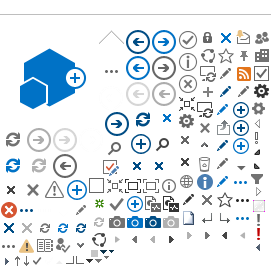You can review your baby's screen results with your doctor or midwife.
If the result is screen negative (i.e., low risk), then the report is sent directly to the doctor or midwife listed on the collection card as well as to the birth hospital.
If the result is screen positive (i.e., increased risk), the result is called out immediately to your doctor or midwife by a member of the newborn screening program. The result and recommended follow up plan will be discussed with your care provider. Your doctor or midwife will then follow up and discuss the recommended plan with you.

